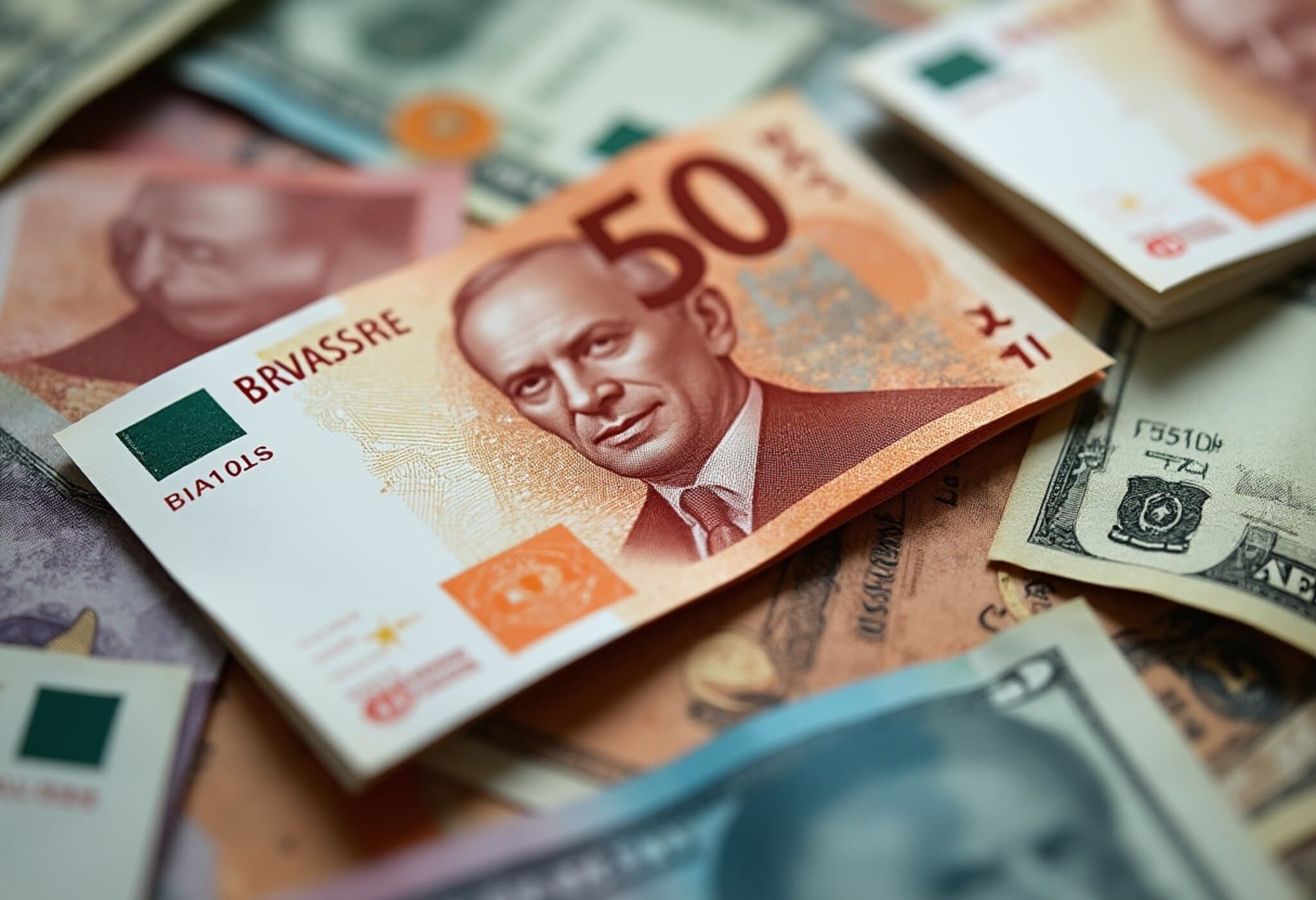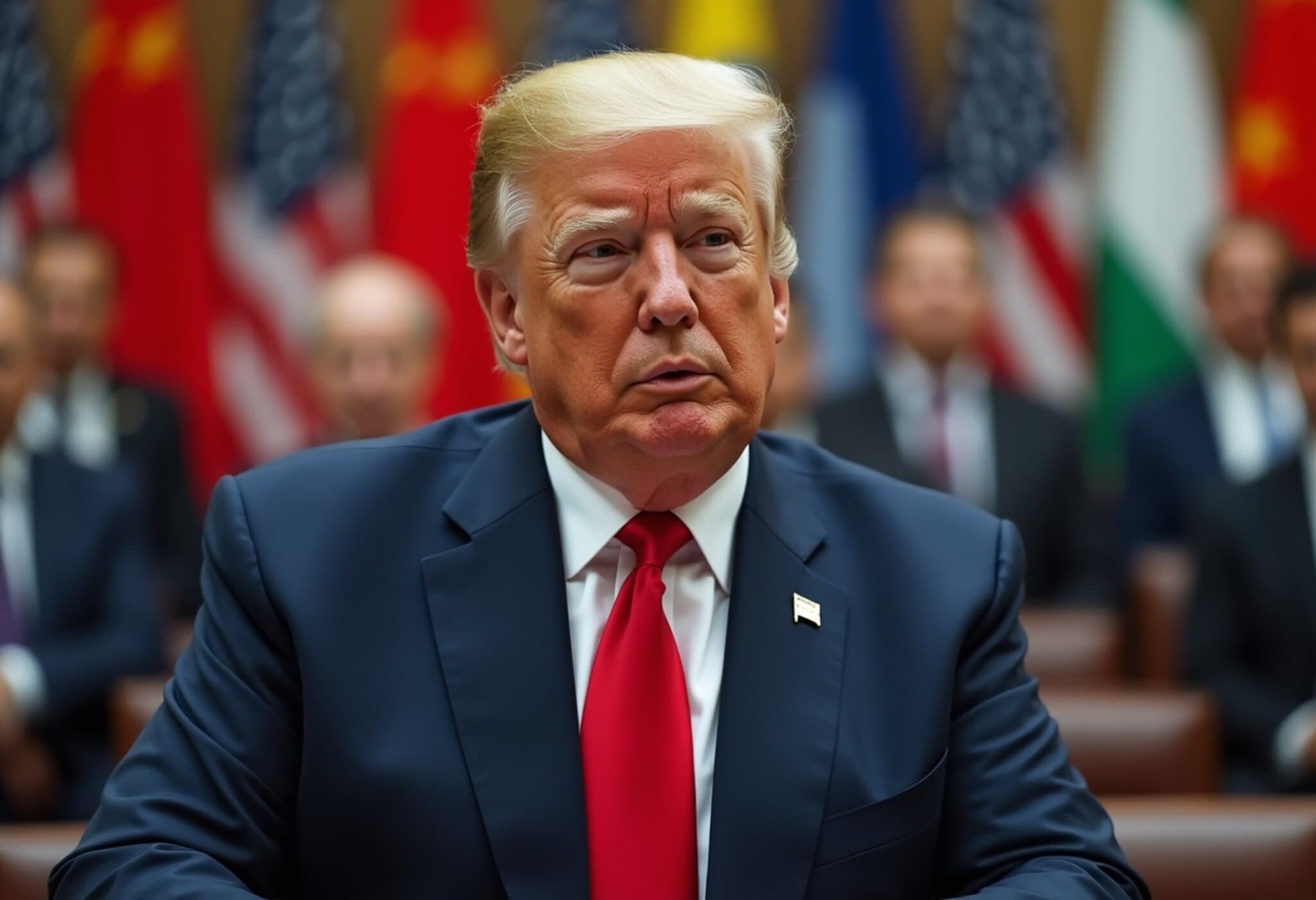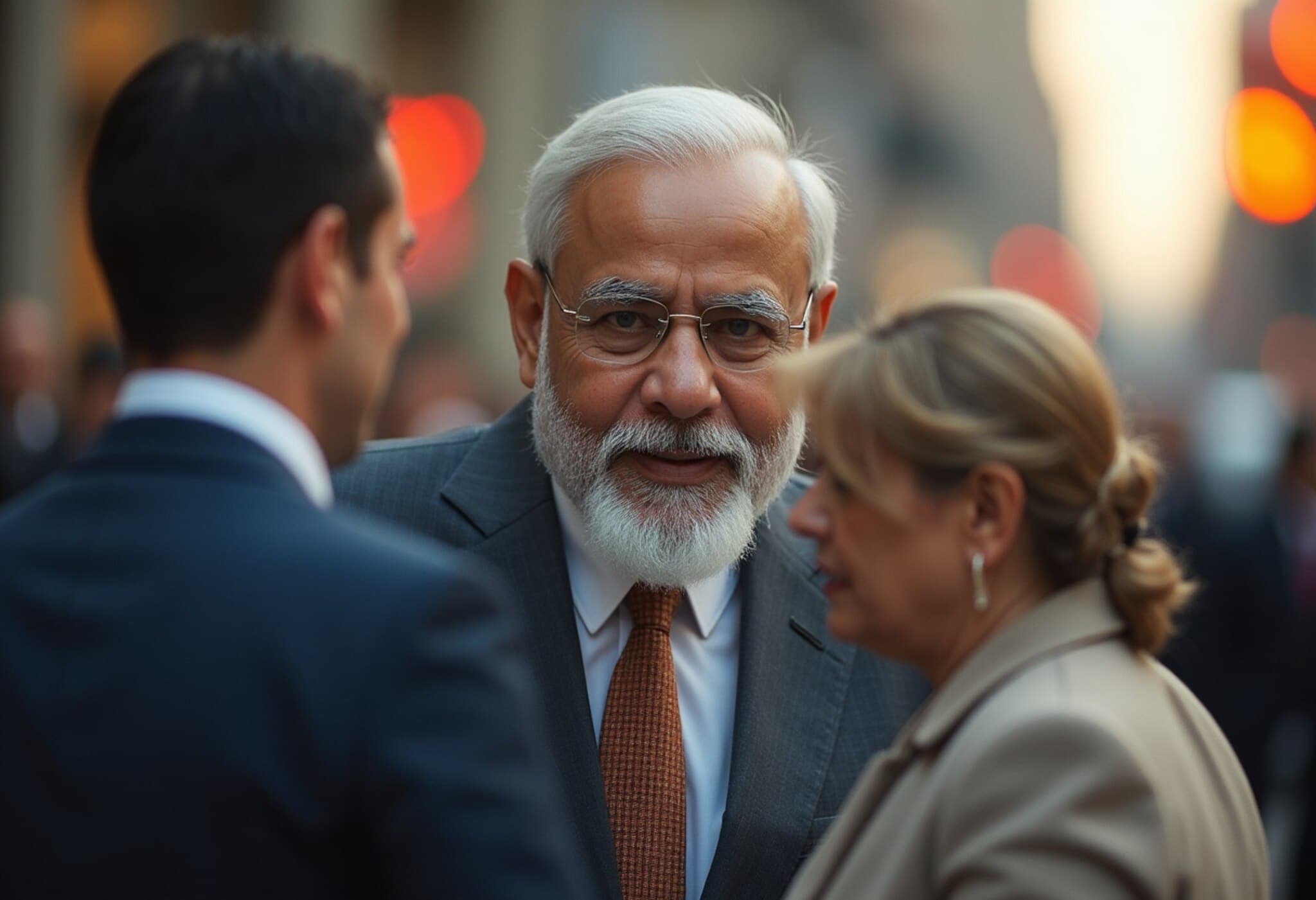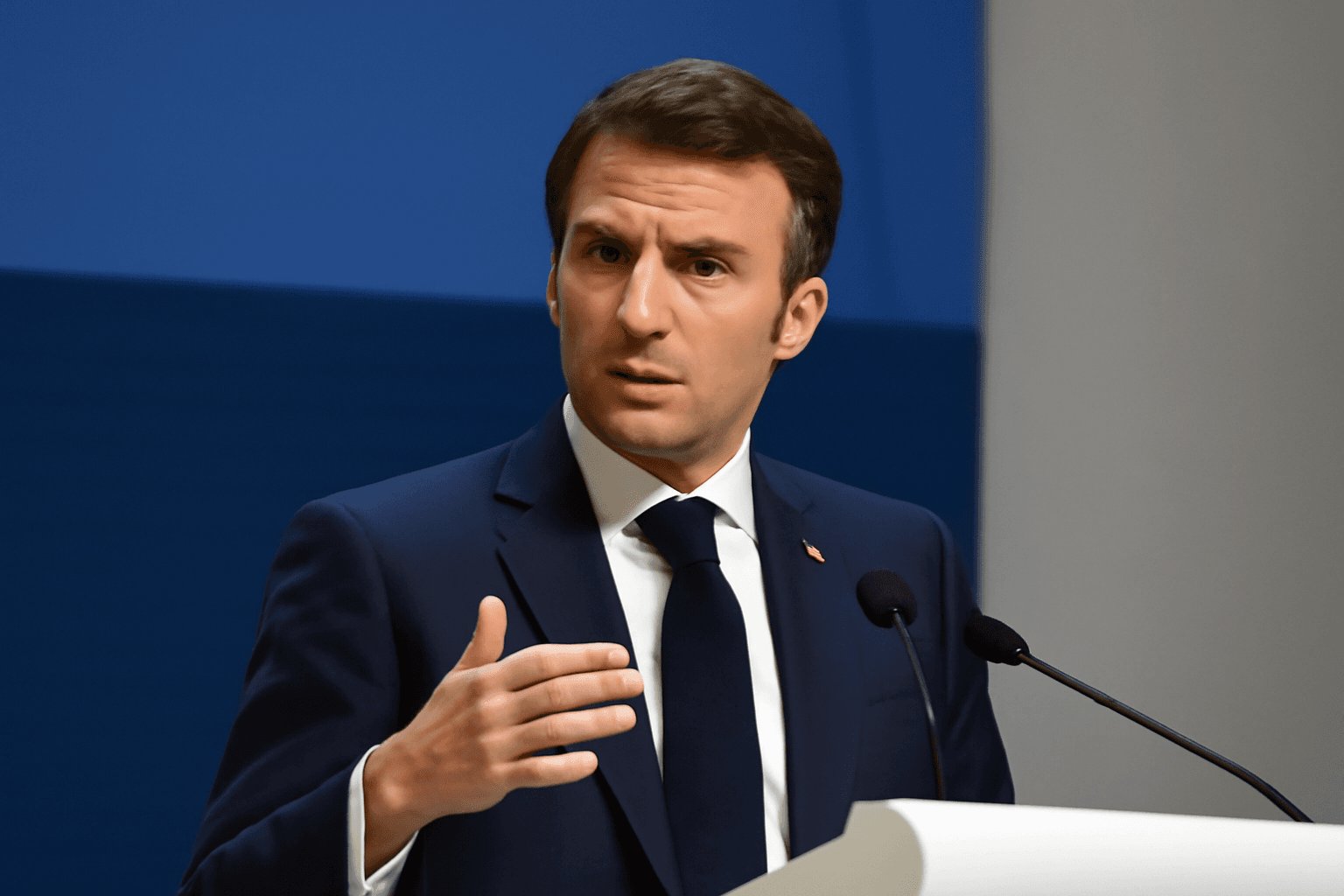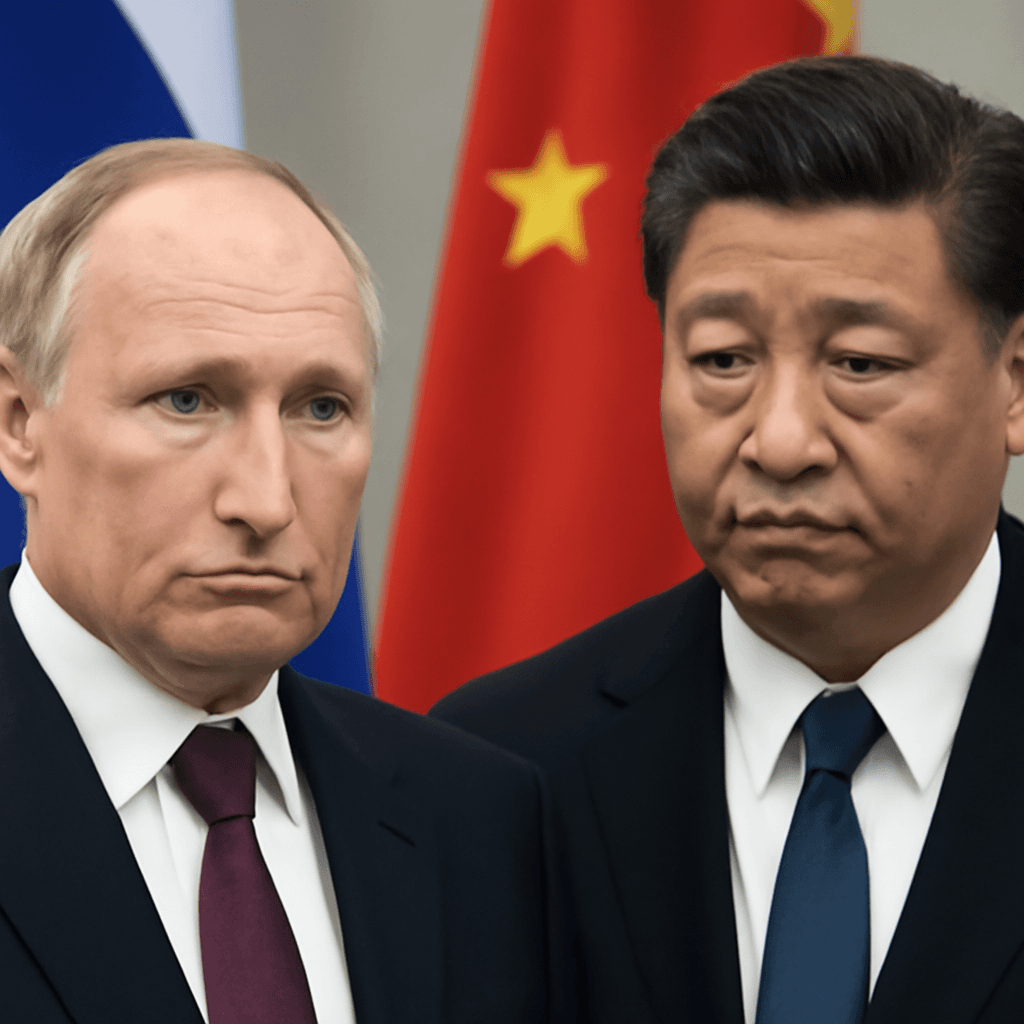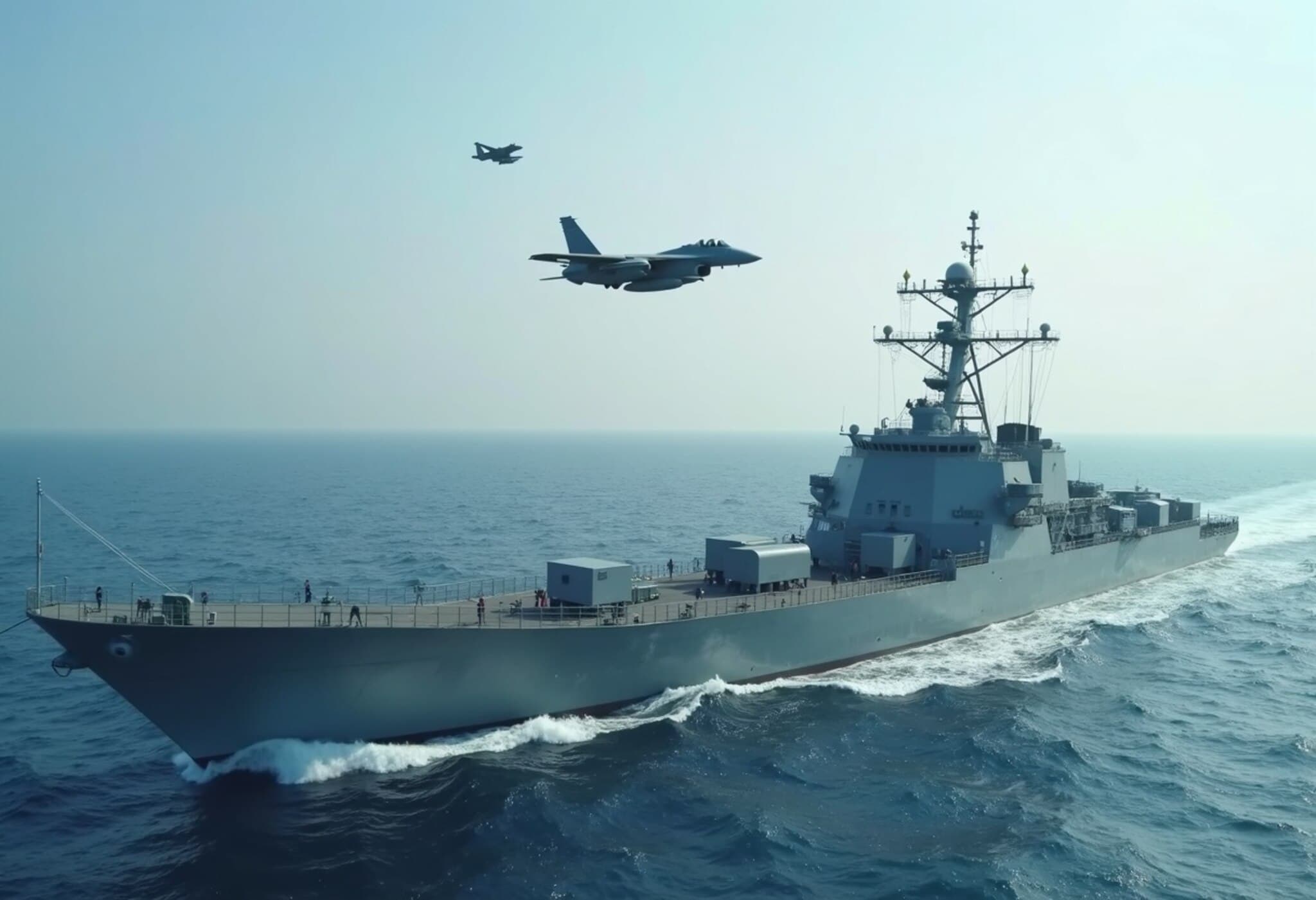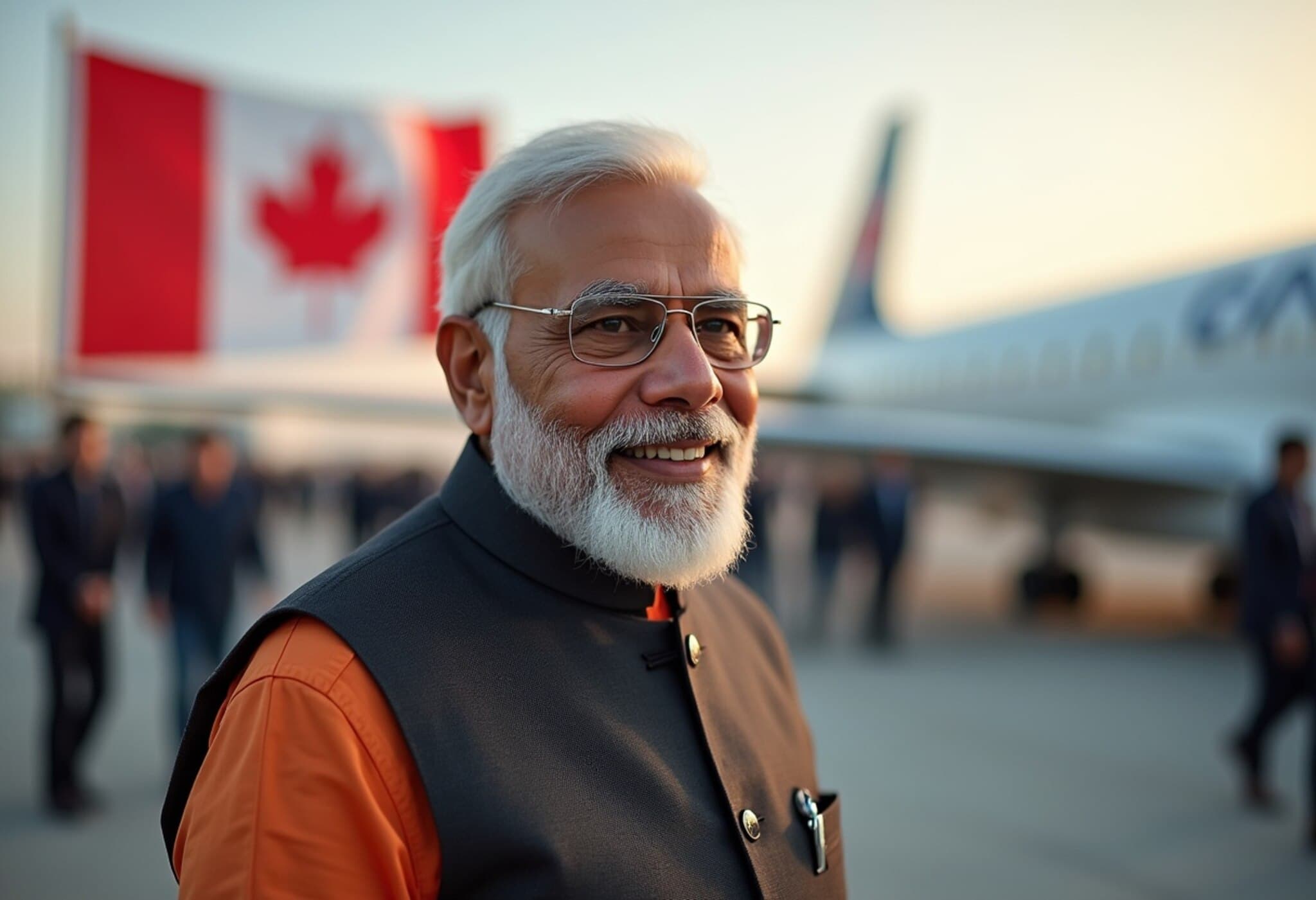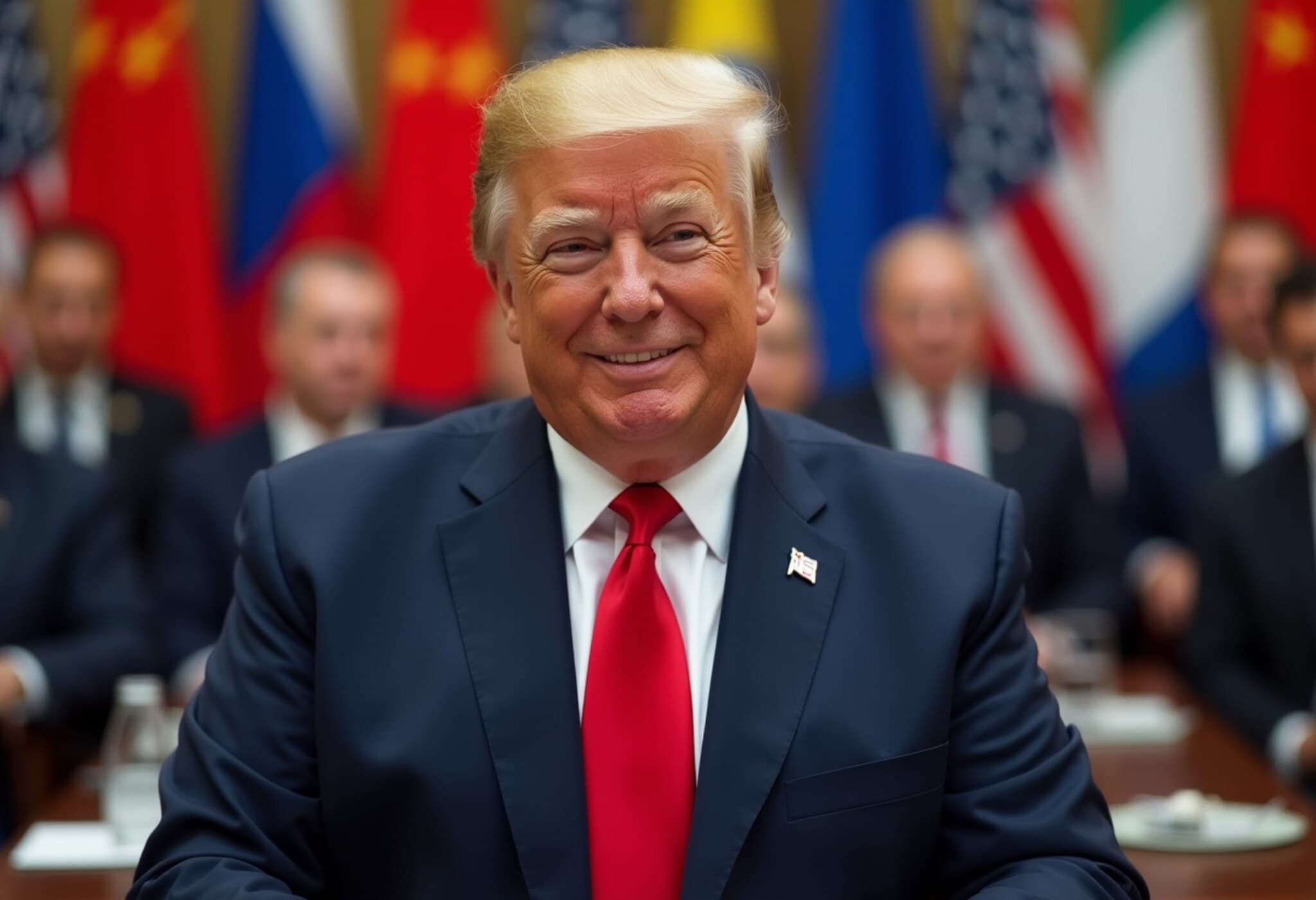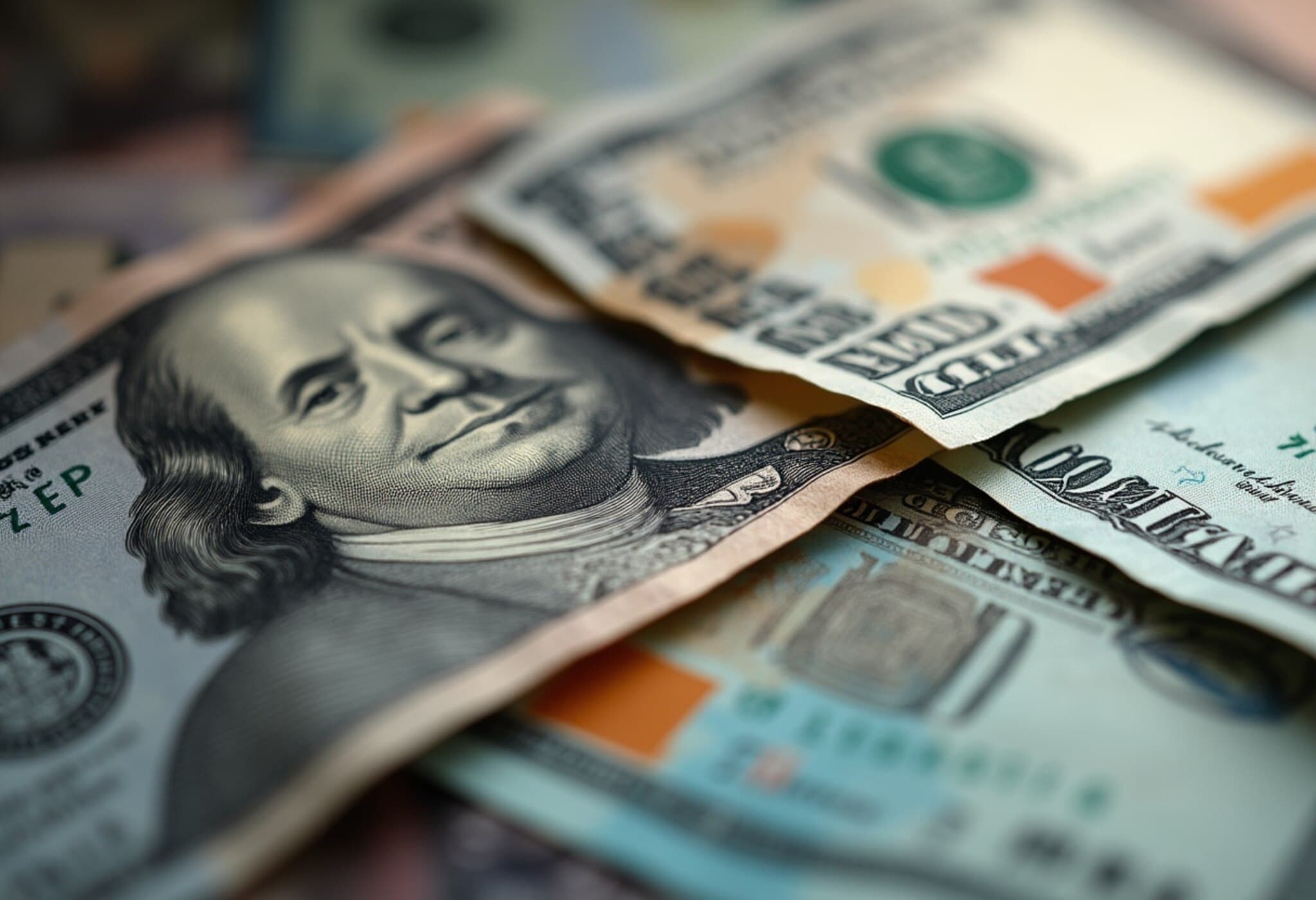Russian Rouble’s Remarkable Rise Against the US Dollar in 2025
Since the beginning of 2025, the Russian rouble has experienced an extraordinary appreciation, soaring roughly 45% against the US dollar. This significant currency surge, unfolding amidst fluctuating geopolitical tensions and economic sanctions, has raised critical questions about the long-standing supremacy of the American dollar on the global stage.
Driving Forces Behind the Rouble’s Rally
Several factors have intertwined to propel the rouble’s remarkable climb this year, chief among them:
- Tight Monetary Policy: Under the stewardship of Central Bank Governor Elvira Nabiullina, Russia has maintained strict monetary controls, pushing interest rates above 20%. Such high yields attract both domestic savers and speculative investors, bolstering demand for the rouble.
- Optimism from Diplomatic Talks: Early 2025 witnessed hopeful dialogues between the US and Russia regarding the conflict in Ukraine, which nudged market sentiment favorably towards Russian assets.
- Reduced Import Demand: Elevated borrowing costs have curbed imports, lowering foreign currency demand and indirectly supporting the rouble’s strength.
- US Dollar Weakness: Trade policies introduced by then-President Donald Trump, including reciprocal tariffs, contributed to dollar softness, giving the rouble room to rise.
- Currency Controls and Strategic Interventions: Moscow’s strategic selling of Chinese yuan and stringent capital controls, initially instituted to prevent capital flight amid wartime uncertainties, have helped support the rouble’s exchange rate.
Why a Stronger Rouble Is a Double-Edged Sword
While a stronger currency might seem like a sign of economic health, the situation in Russia is more nuanced. For an economy heavily dependent on energy exports priced in US dollars, a rising rouble means:
- Reduced Revenue in Rouble Terms: Dollar-denominated energy earnings translate into fewer roubles, potentially squeezing the government budget.
- Expensive Exports: Russian goods become pricier for foreign buyers who pay in dollars or other currencies, potentially dampening export competitiveness.
- Inflation Control: Conversely, a strong rouble helps combat inflation by making imports cheaper, a critical factor in a country grappling with persistent inflationary pressures.
Governor Nabiullina encapsulated this balance, emphasizing that the central bank’s goal isn’t merely to please exporters but to maintain economic stability and fend off inflation.
Looking Ahead: Challenges and Uncertainties
Despite its current strength, analysts warn that the rouble may be overvalued. The Central Bank is anticipated to reduce interest rates in upcoming meetings, a move that could diminish deposit yields and trigger capital outflows, thus weakening the currency.
Moreover, political developments loom large. A critical 50-day deadline set by former President Trump in September 2025 demands Russia demonstrate substantial progress towards peace in Ukraine. Failure to do so may usher in new, targeted US sanctions, particularly against buyers of Russian oil, potentially triggering turbulence for the rouble.
Historically, the most significant recent dip in the rouble occurred in November 2024, following US sanctions on Gazprombank, the key facilitator of Russian energy transactions. Such precedents underscore the currency’s vulnerability to geopolitical shocks.
Expert Insights: What This Means for the Global Economy
The rouble’s rise strikes at the heart of broader questions about the resilience and adaptability of sanctioned economies. It also spotlights the vulnerability of the US dollar to strategic shifts and international trade policies.
From an economic policy perspective, the Russian strategy of combining tight monetary controls with capital restrictions and selective currency interventions presents a case study for how nations under stringent sanctions might navigate financial isolation.
For global markets, the rouble’s trajectory underscores the intricate interplay between geopolitics and currency valuations—a reminder that exchange rates are not just numbers but reflections of complex international relations and domestic policy decisions.
Summary: The Rouble’s Rise Is Not Just About Currency
Beyond numbers, the 45% surge encapsulates a narrative of resilience amid adversity, strategic economic maneuvering, and the ever-present shadow of geopolitical conflict. As the world watches, the rouble's future will likely serve as a bellwether for Russia’s economic and political path in the years ahead.
The rapid appreciation of the Russian rouble challenges conventional expectations in the face of sanctions and geopolitical strain. While it showcases Russia's monetary strategies and the intricacies of global currency dynamics, it also raises critical questions about the sustainability of this trajectory amid looming political deadlines and potential additional sanctions. Readers are encouraged to consider the broader implications this holds for international economic stability and the future of the US dollar's global dominance.

